Processing difficult materials, such as titanium alloys, is a challenge in and of itself. Increasing the productivity of processing superalloys means how to achieve maximum metal removal at lower cutting speeds and higher cutting forces. Machine tool builders respond to this situation with specialized milling and turning centers that improve spindle and large machine configurations to increase rigidity and reduce vibration, maximizing workpiece quality and extending tool life. Although these improvements can increase productivity, the weakest point is often the connection of the spindle itself.
In most cases, the tool spindle connection determines the metal removal rate for a given operation. This is because the interface must maintain its stiffness when subjected to high loads until the tool deflects too high or begins to vibrate. With the continuous improvement of tools and machining centers, the use of the available spindle connection method is an important consideration in the study of pre-production plans.

By combining high clamping forces and optimized clearance fit, the KM4X provides a reliable connection when machining high strength alloys and other materials.
Extremely high stiffness and greatly improved performance of the bending load capacity, which results in very high metal removal rates per day and the production of more complete components.
Several types of spindle connections have been developed or optimized over the past few decades. Thanks to its good cost/benefit, the 7/24 ISO taper shank end mill has developed into one of the most popular systems on the market. It has been successfully used in many applications, but its accuracy and high speed limitations make it limited in development.
The advent of cone contact made it a breakthrough in the 7/24 taper shank standard and an important step forward. The combination of the tapered contact and the 7/24 hard taper shank provides greater accuracy in the Z-axis direction, but also has the disadvantage of reducing stiffness at high speeds or high edge loads. Most of the tools on the market are integral and the spindle clamping force is relatively low. Connection stiffness is limited because radial interference needs to be kept to a minimum. Therefore, the tolerances required to achieve consistent cone contact are very stringent, which leads to increased manufacturing costs.
In 1985, Kennametal and Krupp WIDIA launched a joint program to develop a universal quick change system, the currently recognized KM TM and the recently standardized ISO 26622. In the early 1990s, European machines began using the HSK system. It became DIN 69893 and then ISO 12164.
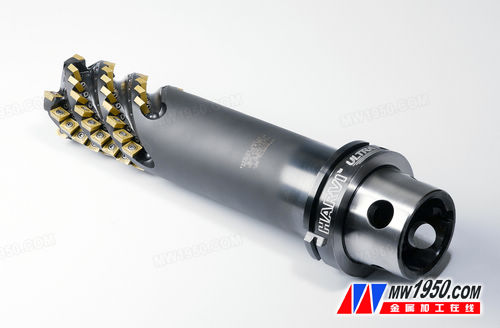
Kennametal KM4X â„¢ connection system comprising a heavy spindle configuration, can be operated at a high speed, low speed or low torque, high torque conditions.
Without the KM4X, a corn milling cutter would exceed the bending moment limit before the torque limit is reached.
The KMTM rapid tool change system consists of two basic components: the clamping unit and the cutter head. The clamping unit is mounted in the machine (turret or tool holder for stationary applications, rotary spindle for rotary applications) and is a tool holder for interchangeable tool units/toolholders.
When changing the tool, the operator simply opens the locking system, replaces the tool unit, and locks the position. Downtime takes only a few seconds.
Kennametal KM4X â„¢ represents the next generation KM system. Some systems can transmit large torques, but the cutting forces also produce bending moments that exceed the interface limits before reaching the torque limit. By combining high clamping forces and optimized anti-jamming properties, the KM4X provides reliable connections, high stiffness and bending load when machining superalloys and other materials, which results in very high metal removal rates per day. Produce more complete parts.
The improved triple bending moment force spindle connection provides torque and bending load capability that is compatible with machine specifications and higher productivity requirements. This is especially true in end milling applications where the effective overhang is usually long and the bending force of the spindle interface plays a limiting role. For example, a corn milling cutter with a spindle end overhang of 250 mm (9.84 in) and a diameter of 80 mm (3.15 in) can produce 4620 Nm (3407.5) when the Ti6Al4V removal rate is 360 cm3/min in 12.7 mm RDOC and 63.5 mm ADOC. Φ/ft) bending moment and torque less than 900 Nm (663.8 lb/ft).
The most critical parameters for the taper spindle connection are the clamping force and the radial clearance. Maximizing the clamping force and selecting the appropriate amount of interference can further increase the joint stiffness.
The three-sided contact improves stability and optimizes the distribution of clamping forces and interference fit. The KM4X TM design produces three times more resistance to bending moments than other tool systems.
this means:
- The shop can use KM4X's high-performance machine tools to increase the speed and feed of difficult-to-machine applications, thereby gaining full production potential from machine tools.
- Typically, a smaller KM4X connection, such as the KM4X100, provides the same or better cutting performance for larger connections.
- The KM4X system can be used for multiple tasks, turning, machining centers and manual, semi-automatic or fully automatic continuous automatic work machines.
The KM4X is designed for a wide range of operations, from low speed/high torque to high speed/low torque, allowing manufacturers to get the most out of their production equipment.
Milling, drilling and turning a wide range of materials for higher productivity!
Rules and recommendations are universal. For specific advice on titanium alloy processing and KM4X, please contact Kennametal or visit
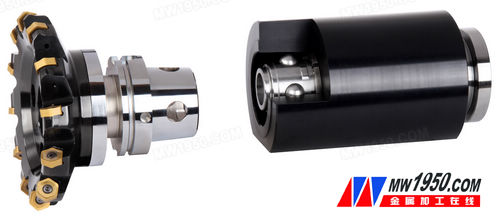
The combination of surface contact and clamping force improves the interference fit and produces a bending force three times higher than other systems. Tool change is quick and easy, reducing downtime.
Elevator ropes are highly engineered and made of steel with other composites. Also they are not single wires but several strands of various sizes wrapped together. A typical cable or rope can have over 150 strands of wire precisely designed to be strong, flexible, and give long service. Multiple wire strands are used to increase the life of the cable and give flexibility. When you run a cable over a pulley wheel or sheave, the part of the wire on the sheave makes a shorter trip than the outside of the wire. This stretching over time would create weakness for a single strand. So elevator ropes are flexible strong and give long life if maintained properly.
The types of rope in an elevator can vary depending on the job that they need to do. Here are some of the more common ropes you can find lurking in your hoistway:
1. Hoisting Ropes – These are the ropes you see in all the movies. Several are used to suspend the elevator cab and make the car go up and down. These are also the cables used for the counterweights as the counterweights and elevator car are in the same system. The counterweights do just what they are called; they counter the weight of the elevator car when loaded so it takes less effort to move the car up and down. High-strength ropes are used in high rises due to the required speeds that you see today. For instance the fastest moving elevator car in the world, hits a speed that you would find on freeways; an astounding 45 miles per hour! Ultimately the grade of steel is not only determined by the speed but on the car capacity as well. The heavier the weight the car can lift, the higher strength required.
2. Governor Ropes – A governor is part of elevator safety that you will find in the hoistway or overhead space. The second that an elevator car starts falling or even rising too fast, the governor triggers the safety mounted on the car frame and brings the car to a halt. The governor rope runs over the governor sheave and down to the elevator car and is attached to the safety trip mechanism. The governor rope continues all the way down to the pit and runs under a sheave down there and then makes the journey back to the governor. This governor rope arrangement forms a continuous loop while the elevator moves up and down the hoistway. If the car starts going too fast, centrifugal force pushes flyweights outward in the governor against the spring. In simplistic terms it tells the brakes to kick in and stops the car from falling or rising too quickly. As this entire safety system relies on the governor rope, it is very important that it is reliable and in great working condition.
3. Compensating Ropes – Turns out that all of the cable or rope to make an elevator car go up and down is really heavy. This is especially true for really tall buildings. Think about this; a standard one inch elevator cable can weigh 1.85 pounds per foot. As elevator cable makes several trips up and down the hoistway, this weight can really add up. So compensating ropes [compensate" for all the weight of the hoisting ropes on the car or counterweight side. Probably any elevator that exceeds 100′ of travel needs these ropes that are connected to the sling that holds the car and the counterweight frame.
The most important thing about any elevator rope is that they must be in good operating condition at all times. This means inspected often. The technician when performing routine checks doesn`t just look up the hoistway, nod their head and move on; they must check the ropes closely for proper tension, any wear patterns, the diameter of the rope, any rusting, pitting or breaks in strands, the sheaves, proper lubrication and connections.
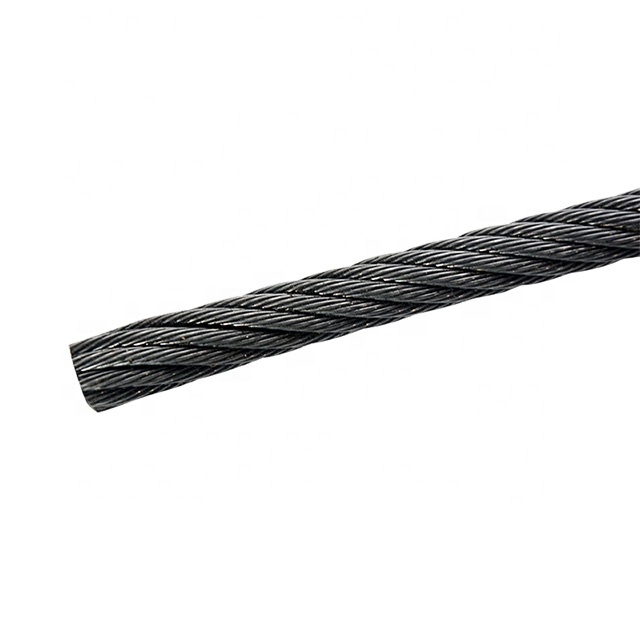
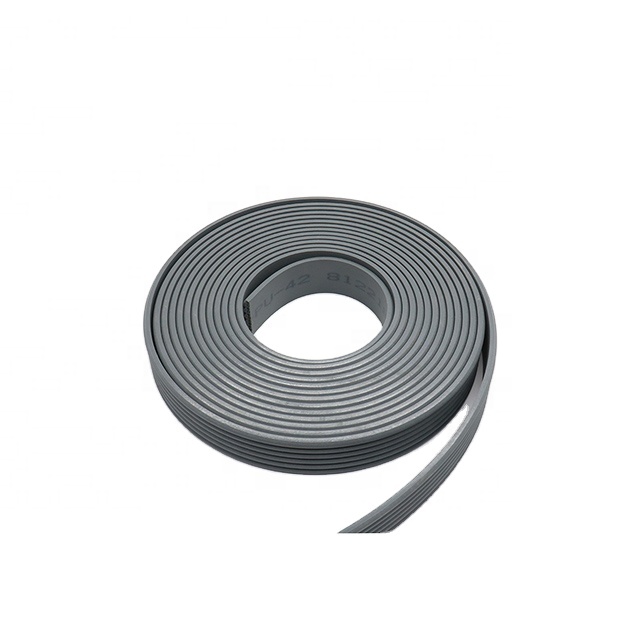
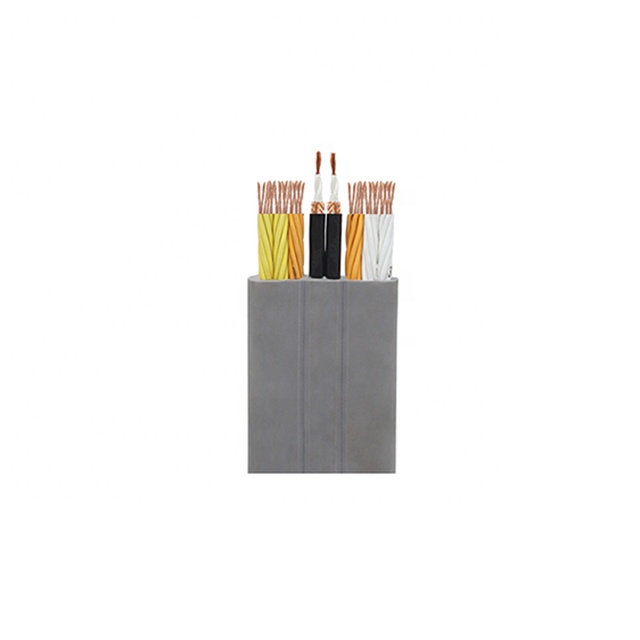
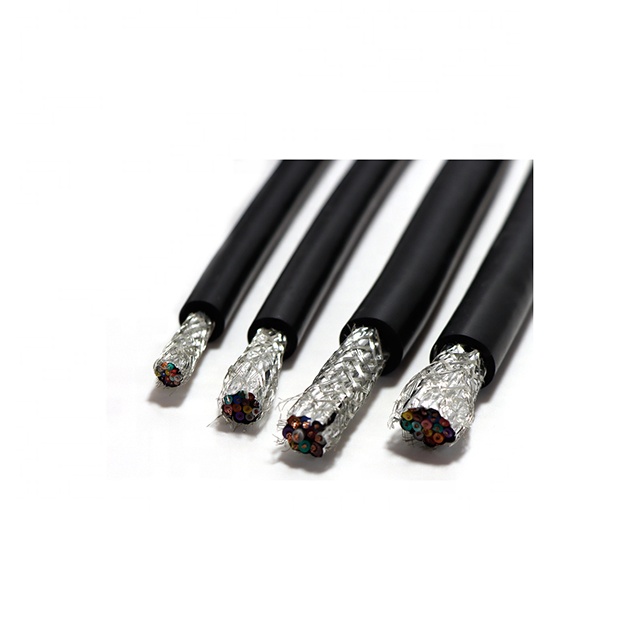
Elevator Cable,Elevator wire rope,Lift ropes,governor rope,Elevator steel wire rope,Elevator steel cable
Suzhou Keffran Parts Co.,ltd , https://www.keffran-elevatorsmart.com